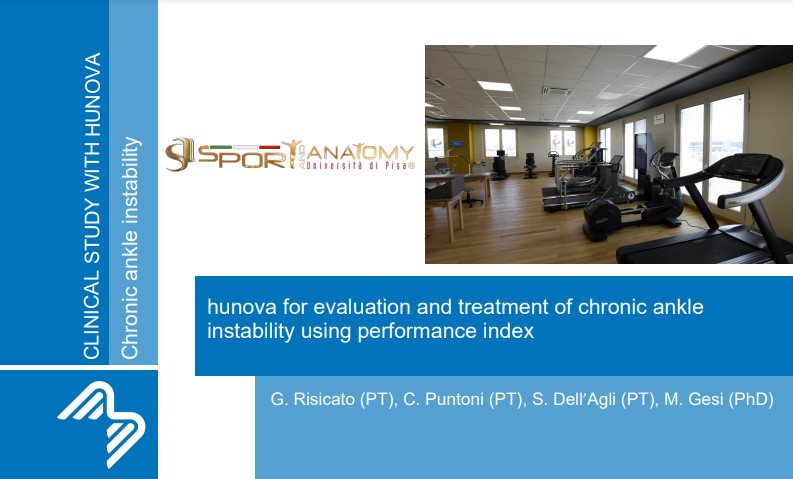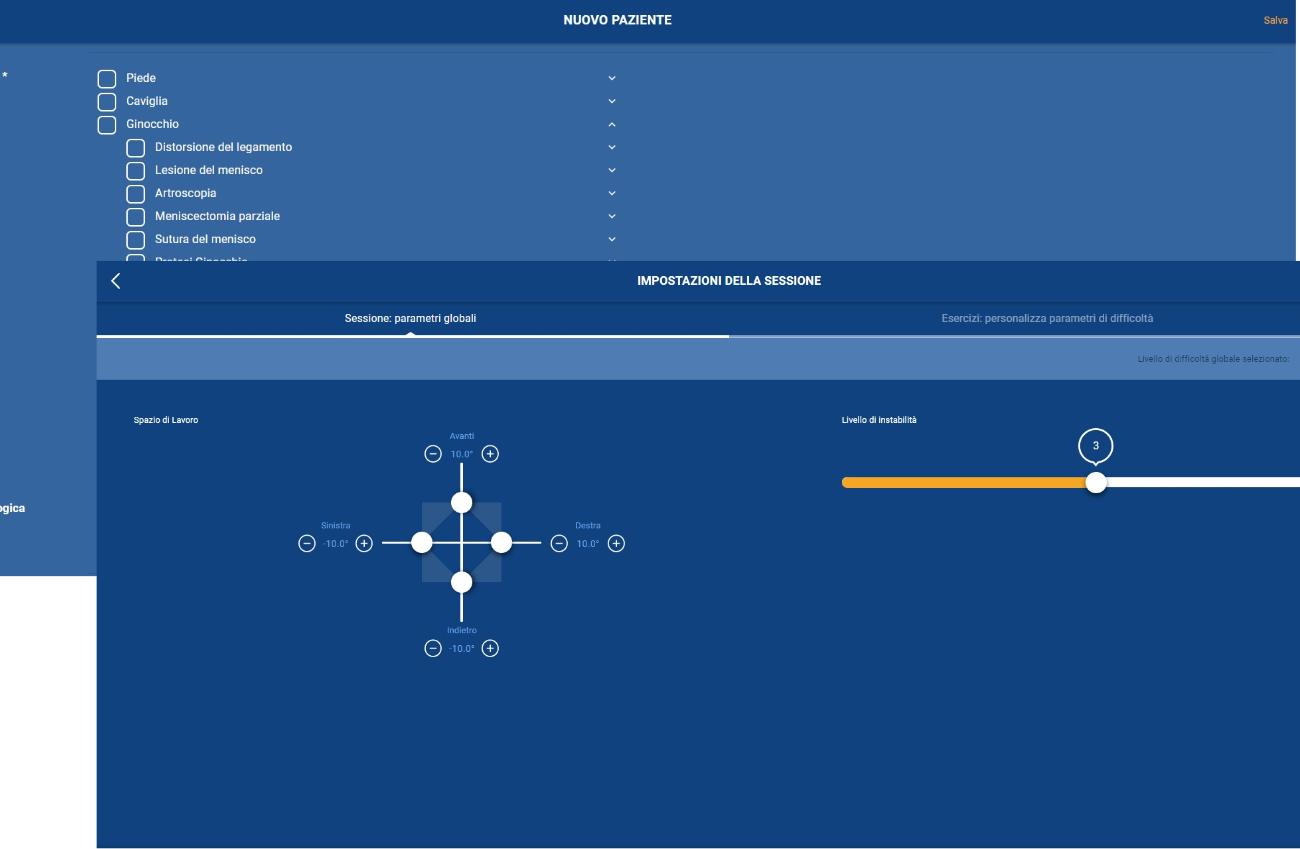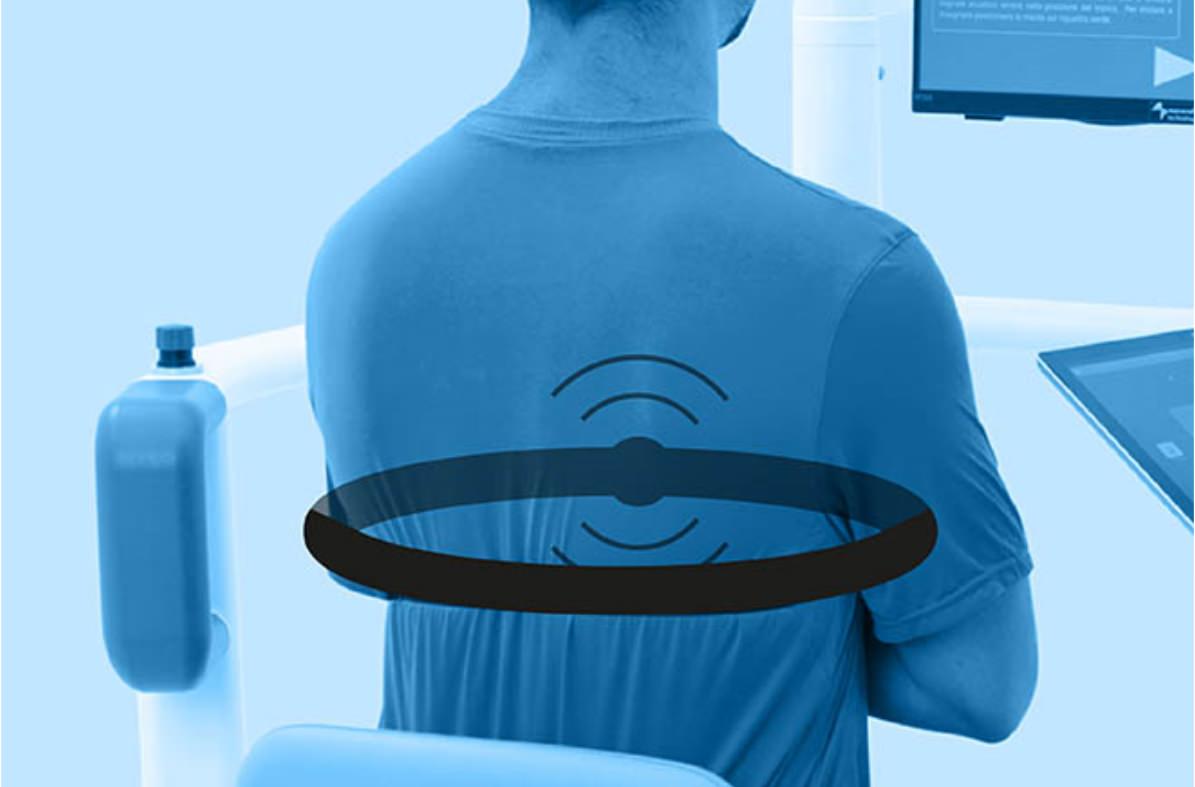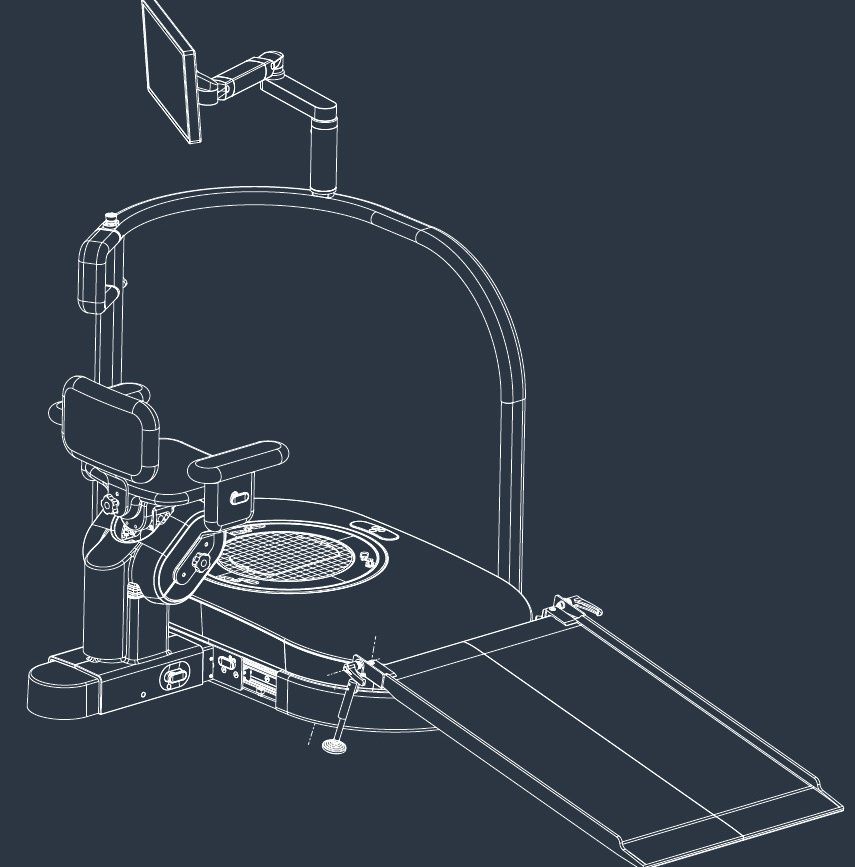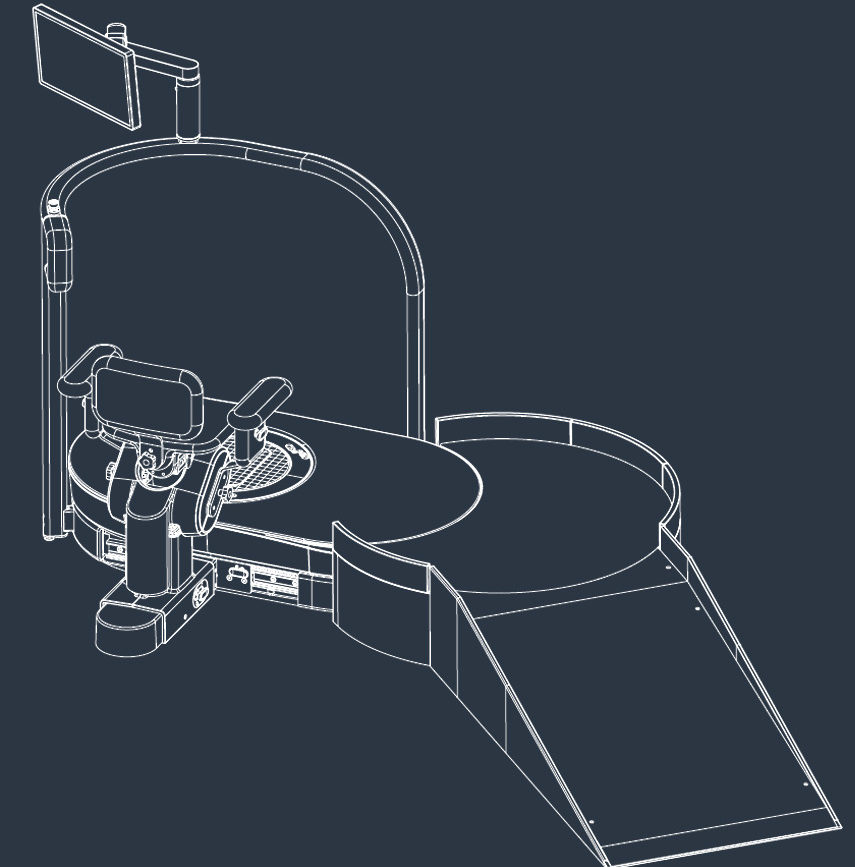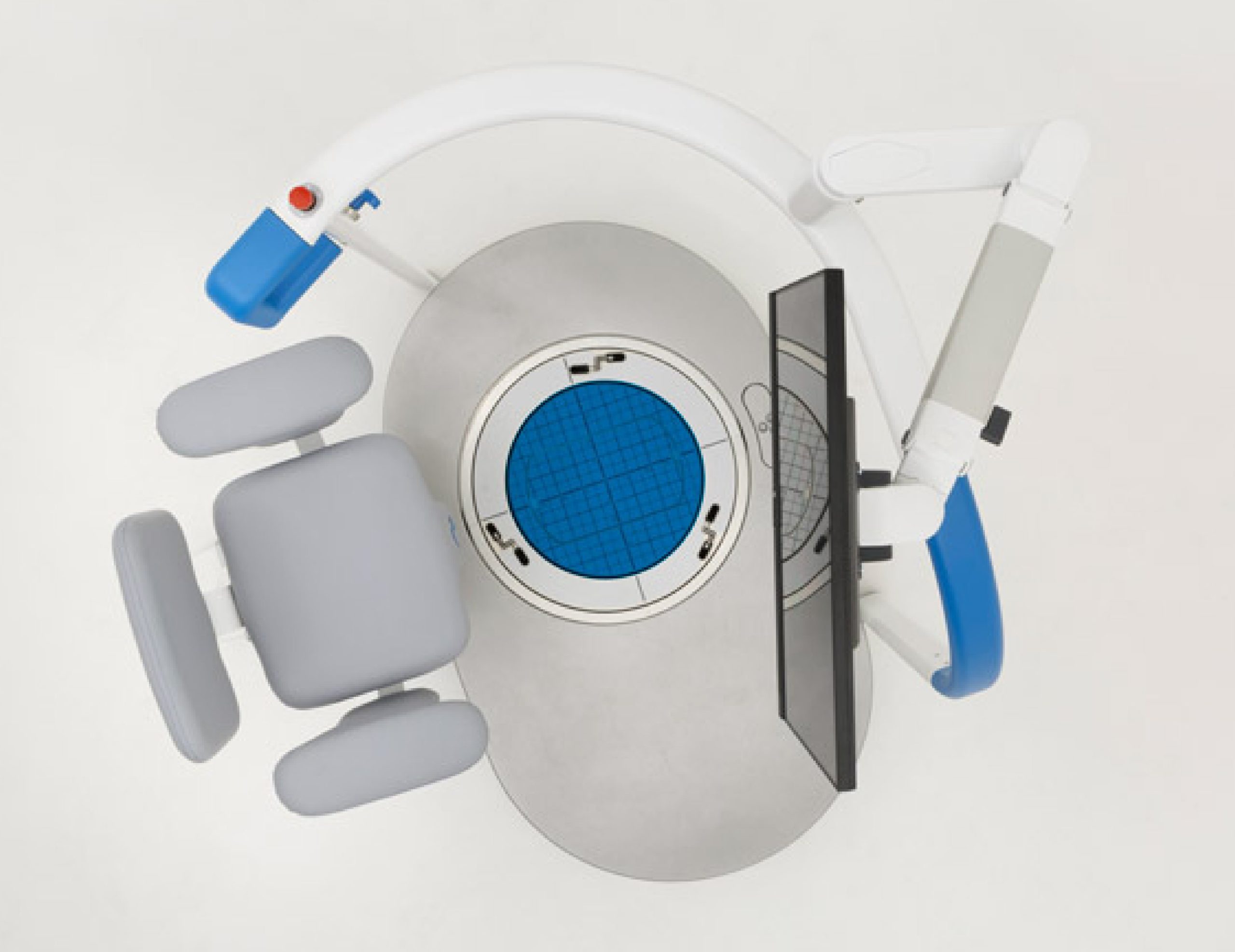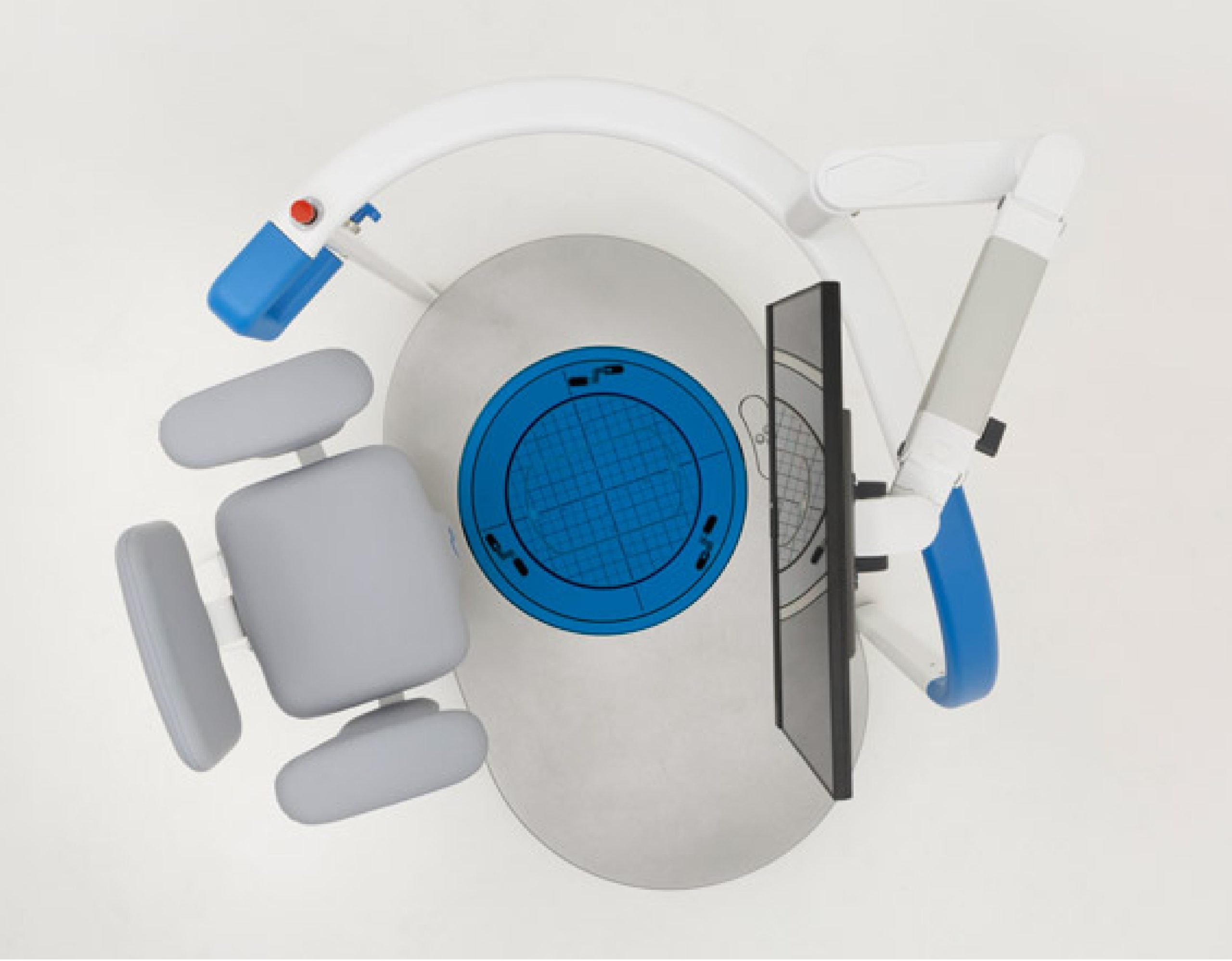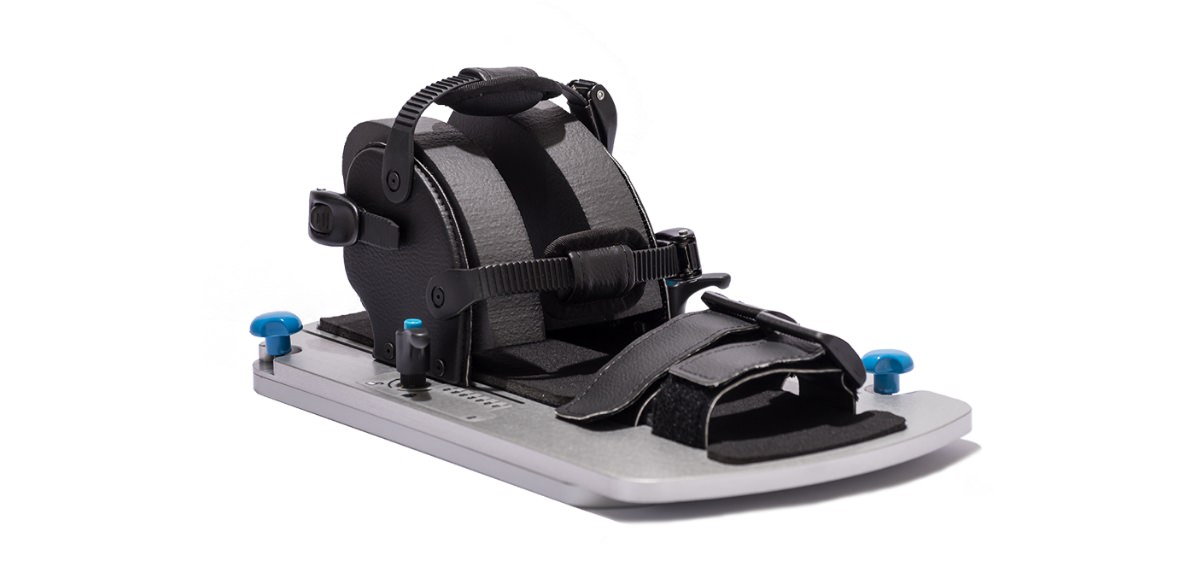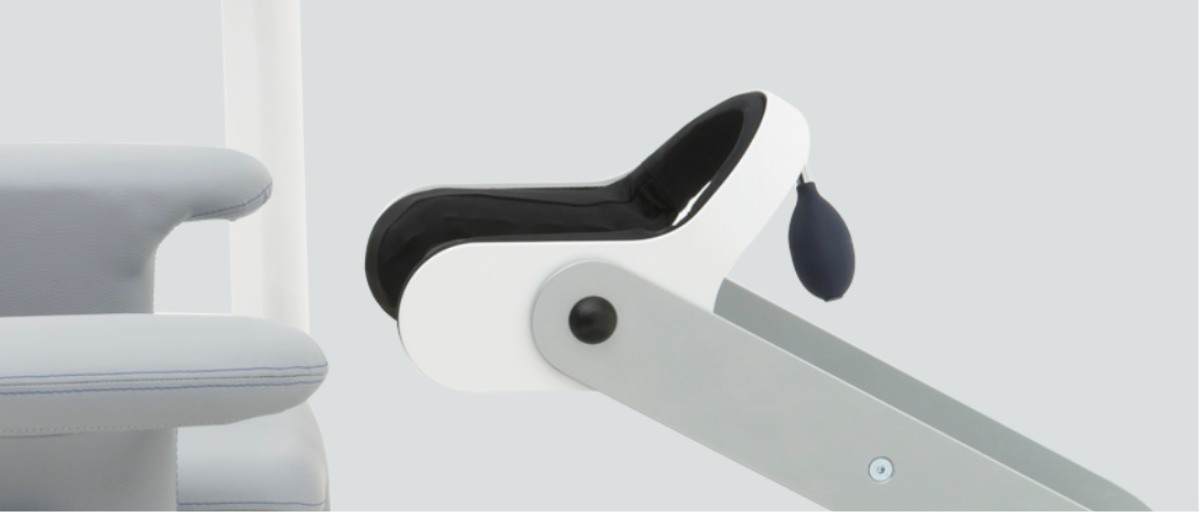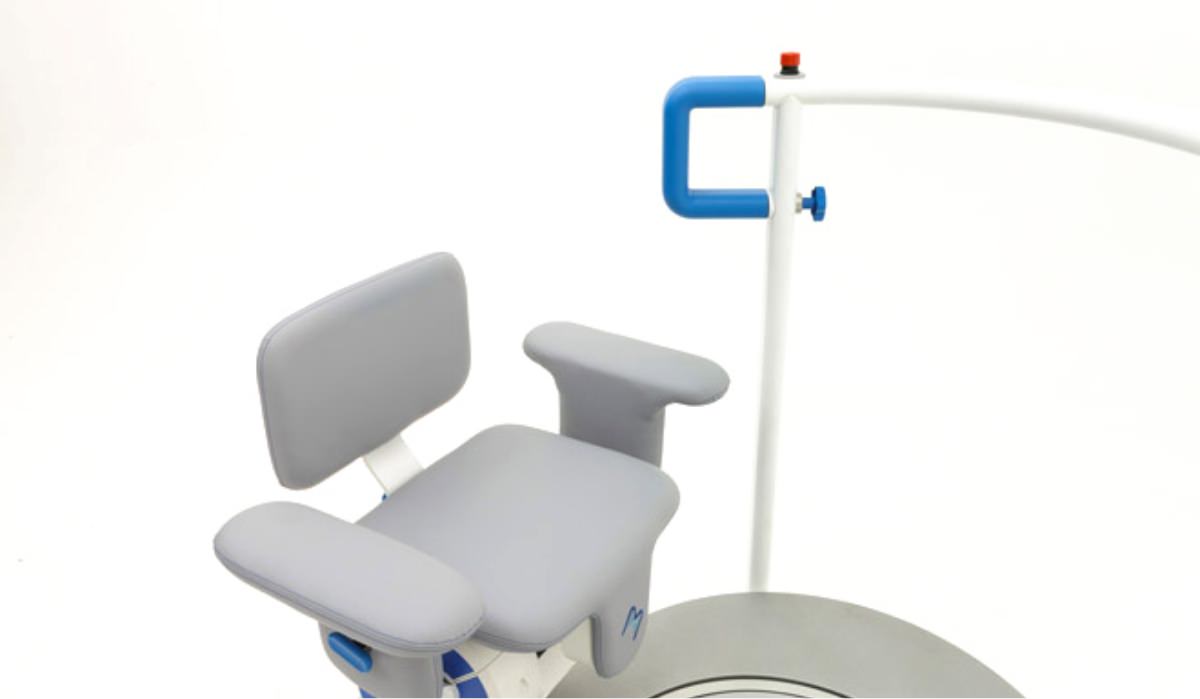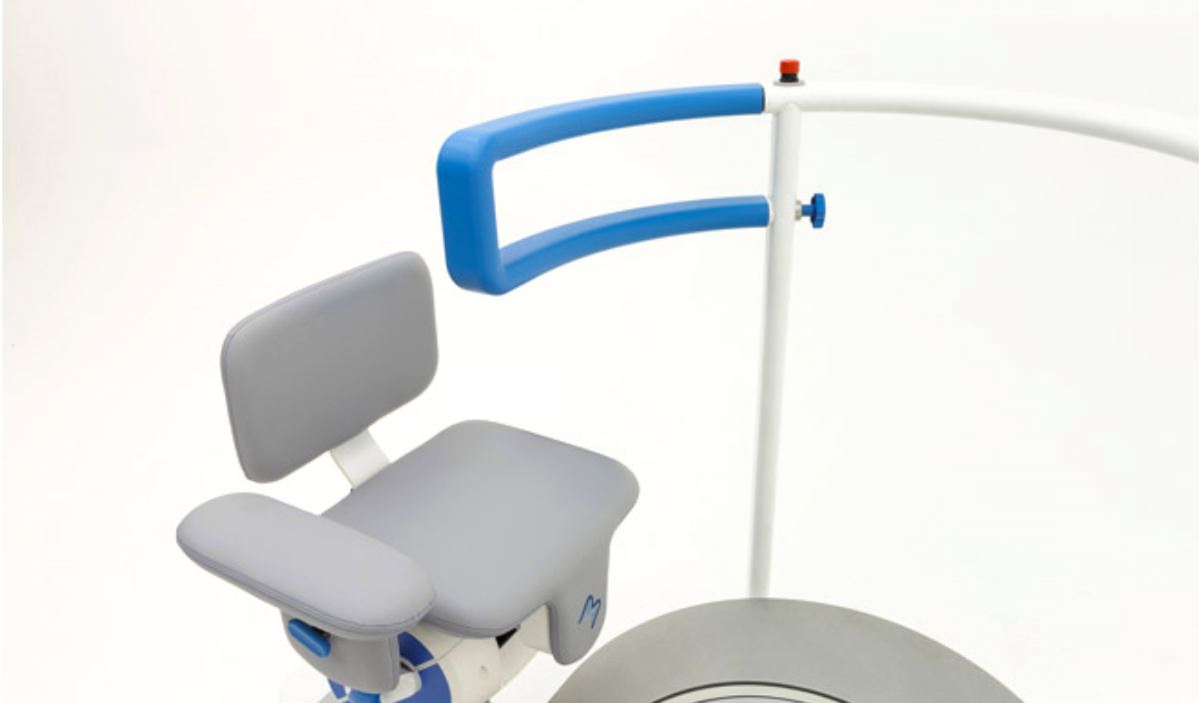Technisches Datenblatt
Allgemeine Eigenschaften
- Abmessungen: 150 x 160 x 205 cm
- Nettogewicht: 290 Kg.
- Höchstgewicht Patient: 150 Kg.
Elektrische Eigenschaften
- Maximale Leistungsaufnahme:
- 1400 VA (Seriennummer > = 190)
- Speisespannung : 115/230 VAC.
- Nennfrequenz: 50/60 Hz.
Bewegung der Plattformen
- Maximale Winkelgeschwindigkeit: 180 °/s.
- Maximale Neigung der zweibeinigen Plattform In allen Richtungen: ±18°
- Maximale Neigung der einbeinigen Plattform in der Sprunggelenk- Konfiguration (sitzend):
- Plantare Streckung/Beugung: ±30°;
- Externe Streckung/Beugung: ±18°;
- Maximale Neigung der einbeinigen Plattform bei aufrechtem Stand:
- Plantare Streckung/Beugung: ±18°;
- Externe Streckung/Beugung: ±18°;
- Maximale Neigung des Robotersitzes:
- Sagittale Ebene: ±13°;
- Frontale Ebene: ±13°
Mechanische Eigenschaften
- Maximales übertragbares Drehmoment Sitz und Plattform: 200 Nm.
Batterie
- Trägheits-Batteriesensor APC0000001
- Speisespannung und Leistung: 3,7 Vdc 500 mAh.
Umweltbedingungen für das Umfeld
- Betriebstemperaturbereich: 10° C – 30° C
- Lagertemperaturbereich: -20° C – 70° C
- Relative Raumfeuchte: 30 – 75% nicht kondensierend
- Luftdruck: Hat keinen Einfluss
- Höhe: Maximal 2000 m
